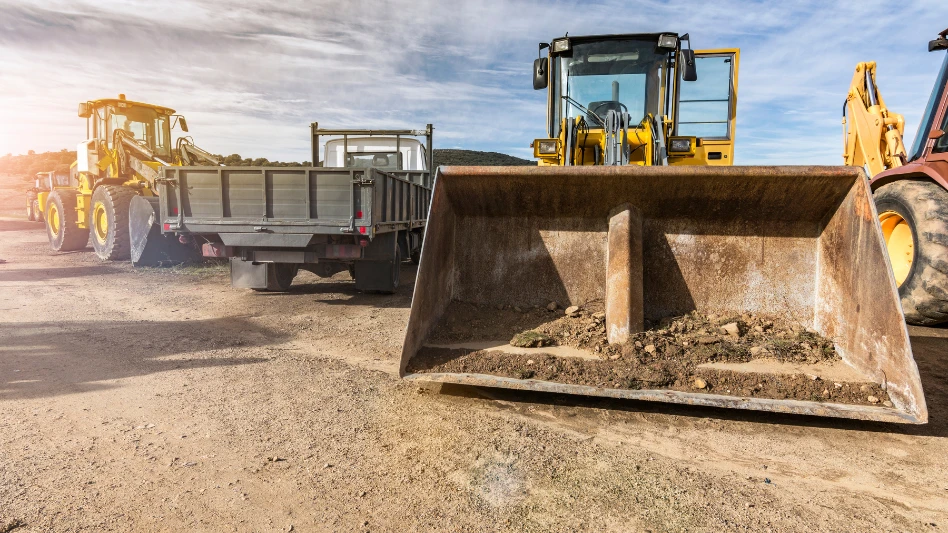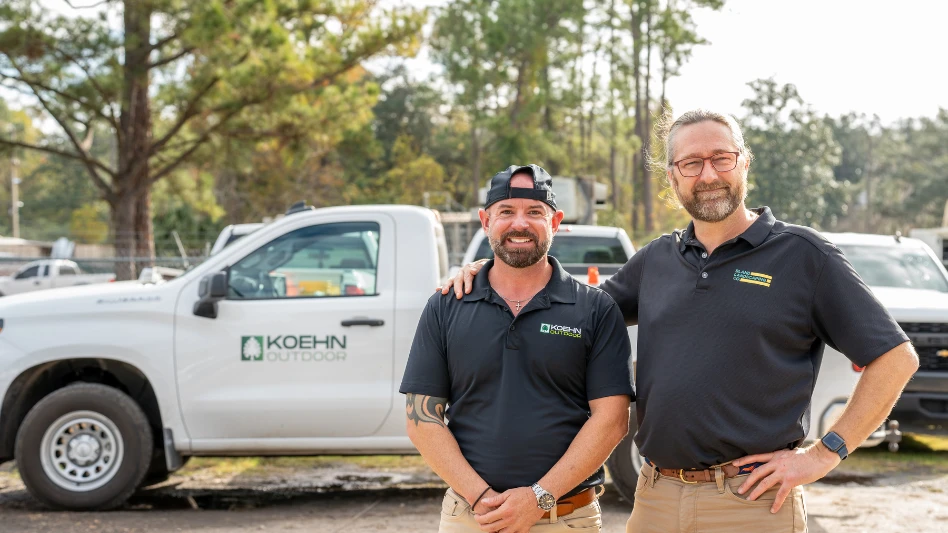 Documentation helps Crawford Landscape Group run better. Photo: crawford landscape groupBlake Crawford had the ultimate training in systems and efficiency prior to starting Crawford Landscaping Group. He spent 10 years in manufacturing in Detroit. “I learned about continuous improvement, operational systems and quality control – all of the things we implemented later in our business here,” he says.
Documentation helps Crawford Landscape Group run better. Photo: crawford landscape groupBlake Crawford had the ultimate training in systems and efficiency prior to starting Crawford Landscaping Group. He spent 10 years in manufacturing in Detroit. “I learned about continuous improvement, operational systems and quality control – all of the things we implemented later in our business here,” he says.
Then he managed real estate for a few years and oversaw 1,300 units throughout the United States. In this position, he implemented administrative systems that could be copied, executed and controlled for quality.
From day one, Crawford Landscaping Group had these same tools – procedures, checklists, forms and manuals – to measure the efficiency and, ultimately, the profitability of the company. Borrowing from manufacturing, the rental industry and forms PLANET offers, the company customized its own QOS, or Quality Operating System. “From within the QOS, everything is governed by a QWSI,” Crawford says. Translation: Quality System Worker Instruction, detailed systems that describe the protocol for any given task.
For instance, to hire and “process” a new employee, a QWSI details all of the steps, from asking the employee to fill out certain government forms to having the worker sign off after reading training and safety manuals.
If the employee is assigned a cell phone, what number? If the worker will be driving a vehicle, which one? Has the employee taken a drug test, and what were the results? There are a slew of QSDs (Quality System Documents) – forms used to complete the work.
 All those Qs may sound confusing, but QWSI is a manual and check sheet that explains how a process is to be done; QSDs are forms that may need to be filled out in the process.
All those Qs may sound confusing, but QWSI is a manual and check sheet that explains how a process is to be done; QSDs are forms that may need to be filled out in the process.
“These documents are the lifeblood of how we function,” Crawford says. Re-reading Michael Gerber’s E-Myth inspired him to work his way in and out of every task before creating a “process.”
“I would go into a position in the company and create all kinds of systems and forms,” he explains. “Then I would whittle those down to what is absolutely essential. The last thing you want to do is create systems that are so burdensome that no one will follow them.”
On the operations side, Crawford started with processes he could easily standardize, such as the bi-weekly vehicle inspection process. There’s even a checkpoint asking whether there are cigarette burns on the seats. “This process accomplished a lot,” Crawford says. “It showed foremen that we expect them to treat vehicles like their own. It also gives the mechanic a heads-up on things that might need to be repaired.”
Route sheets focus on customer, location and special requirements on each property. These sheets are processed and the data entered into a software system that allows Crawford to compute the man-hour rating on each job.
Quality is equally important, and a dedicated quality control manager reviews sites full-time, working through a checklist to identify potential problems on each property. The manager’s goal is to catch issues before a customer calls, and half of the time, the company is successful.
The systems at Crawford Landscaping Group are constantly being adjusted and whittled down. There are about 100 Quality System Documents for the company, and Crawford figures his archive of past QSDs is twice as fat. Each QSD has been revised four or five times.
Bar-coding might be one way to hasten the paperwork process for crews. Crawford will continue to experiment with new ways to streamline the systems. “You have to live them to understand how they work – you can’t create systems from the outside and leave,” he says.
The author is a freelance writer based in Bay Village, Ohio.
Jump To:
Introduction
Small Business
Large Business

Explore the December 2009 Issue
Check out more from this issue and find your next story to read.
Latest from Lawn & Landscape
- Analysis of an entrepreneur
- Terra Nova's Sedum Conga Line variety wins Best of 2024 Perennial award
- Different ways to distribute
- Case's 580EV electric backhoe loader wins Good Design Award
- Davey Tree promotes Dan Herms to VP, GM of Davey Institute
- Caterpillar's Cheryl H. Johnson set for April retirement
- Registration open for sixth annual Lawn & Landscape Technology Conference
- 12 interview questions to help you hire winners





